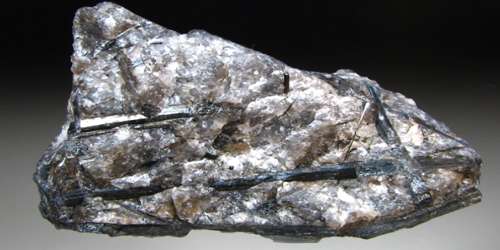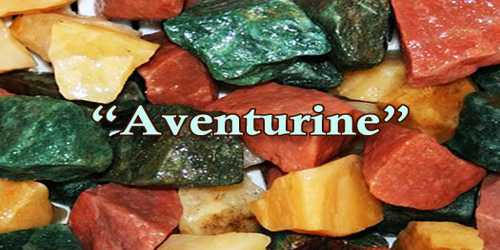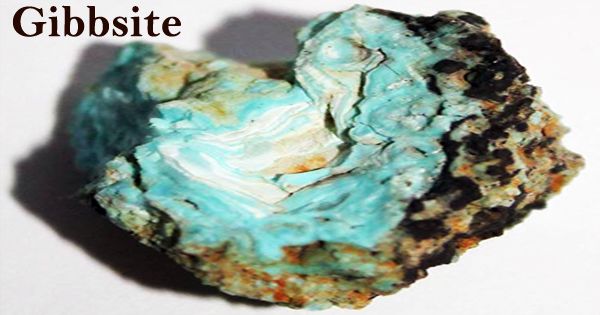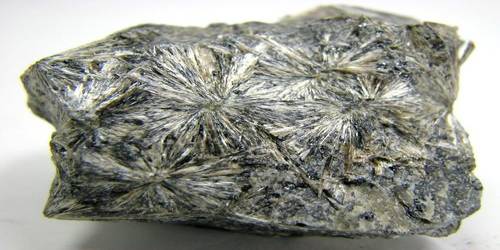Euclase is a beryllium aluminum hydroxide silicate mineral [BeAlSiO4(OH)]. It is not a well-known gemstone but is more well known by mineral collectors. It crystallizes in the monoclinic crystal system and is typically massive to fibrous as well as in slender prismatic crystals. It is related to Beryl (Be3Al2Si6O18) and other beryllium minerals. It is a product of the decomposition of beryl in pegmatites. The sapphire blue and blue-green colors of euclase are the typical colors of the gemstones.
General Information
- Category: Nesosilicate
- Formula: BeAlSiO4(OH)
- Crystal system: Monoclinic
- Crystal class: Prismatic (2/m) (same H-M symbol)
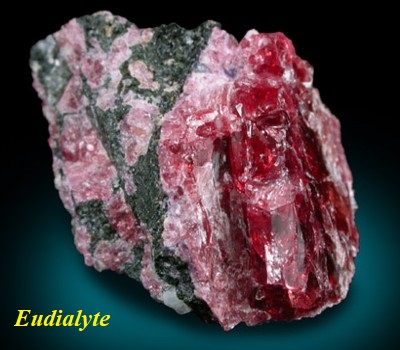
Properties
Euclase crystals are noted for their blue color, ranging from very pale to dark blue. The mineral may also be colorless, white, or light green. When cut it resembles certain kinds of beryl and topaz, from which it may be distinguished by its specific gravity (3.1). Its hardness (7.5) is similar to Beryl (7.5 – 8), and a bit less than that of topaz (8).
- Color: Colorless, white, pale green to deep yellowish green, greenish blue, pale blue to deep blue
- Crystal habit: Prismatic crystals
- Fracture: Conchoidal
- Tenacity: Brittle
- Mohs scale hardness: 7.5
- Luster: Vitreous
- Streak: White
- Diaphaneity: Transparent, translucent
- Specific gravity: 2.99 – 3.1
- Optical properties: Biaxial (+)
Occurrence
It was first reported in 1792 from the Orenburg district in the southern Urals, Russia, where it is found with topaz and chrysoberyl in the gold-bearing gravels of the Sanarka (nowadays probably, Sakmara River, Mednogorsk district, Orenburgskaya Oblast’). Its type locality is Ouro Prêto, Minas Gerais, Southeast Region, Brazil, where it occurs with topaz. It is found rarely in the mica-schist of the Rauris in the Austrian Alps.
Information Source:

